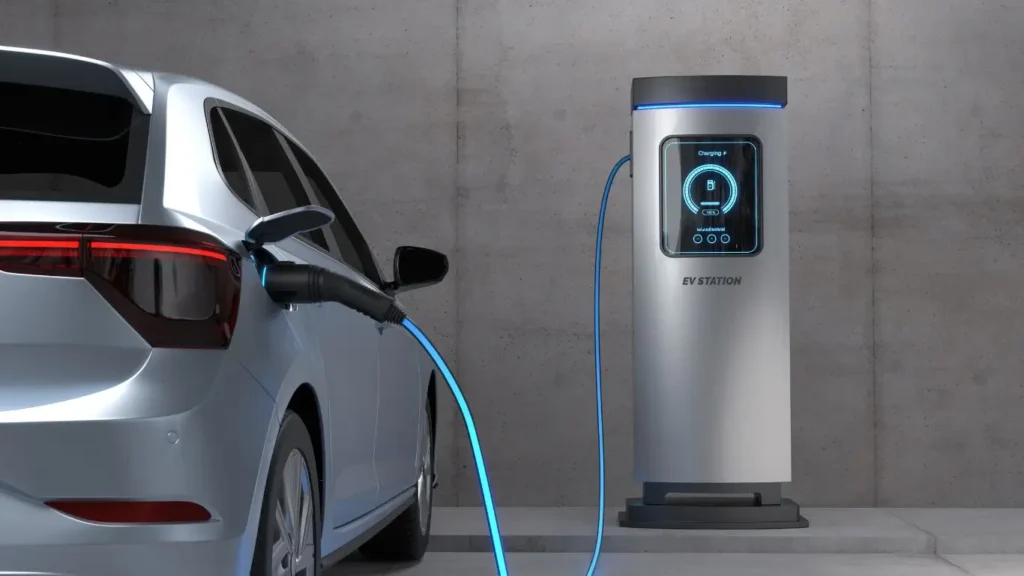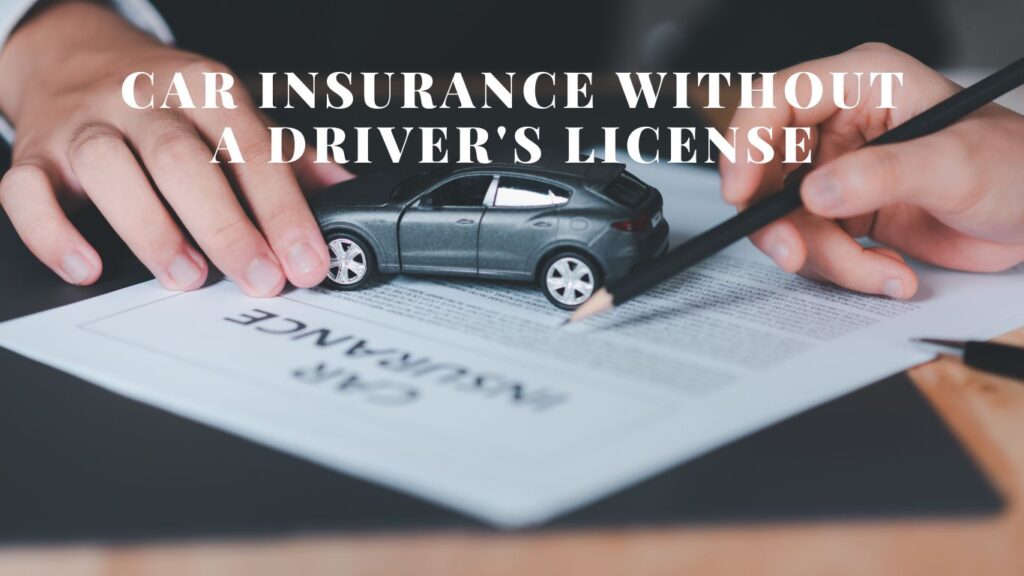The popularity of electric vehicles (EVs) is growing rapidly, but are they more expensive to insure than gas cars? This question arises in the mind of every car buyer who is considering adopting EV.
Insurance companies decide premiums based on several factors, including repair costs, safety features, and accident risk.
In this blog we’ll compare the insurance costs of EVs and gas cars, learn their key differences, and share some easy ways you can lower your EV insurance premiums.
Why Are Insurance Costs Different for EVs and Gas Cars?

Insurance premiums are determined by assessing various risk factors associated with a vehicle. For electric vehicles, several unique aspects contribute to higher insurance costs compared to gasoline cars:
- Vehicle Cost: EVs often have a higher purchase price due to advanced technology and expensive components, such as high-capacity batteries. This increased value leads to higher replacement costs, which insurers factor into premiums.
- Repair Expenses: The specialized nature of EV components means that repairs can be more costly and require technicians with specific expertise. Limited availability of parts and qualified repair facilities can further drive up costs.
- Battery Replacement: The battery is a significant component of an EV’s value. In the event of damage, replacing the battery can be prohibitively expensive, sometimes leading insurers to declare the vehicle a total loss.
- Safety and Risk Factors: While EVs often come equipped with advanced safety features, their quiet operation has raised concerns about pedestrian safety, potentially increasing the risk of accidents.
Repair and Replacement Costs: A Major Factor
One of the primary reasons for higher insurance premiums for EVs is the elevated cost of repairs and replacements. Several factors contribute to these increased expenses:
- Battery Costs: The battery pack is the most expensive component of an EV. Damage to the battery, even in minor accidents, can result in substantial repair or replacement costs.
- Specialized Repairs: EVs require specialized knowledge and equipment for repairs. The limited number of qualified technicians and repair facilities can lead to higher labor costs and longer repair times.
- Parts Availability: Some EV components may have limited availability, especially for newer or less common models. This scarcity can increase the cost of parts and delay repairs.
These factors make the repair and replacement process for EVs more complex and costly, influencing higher insurance premiums.
Safety Features and Risk Assessment
Electric vehicles are often equipped with advanced safety features designed to prevent accidents and protect occupants. These may include automated emergency braking, lane-keeping assistance, and adaptive cruise control. While these features can reduce the likelihood of accidents, insurers also consider other risk factors:
- Pedestrian Safety: The quiet operation of EVs can pose a risk to pedestrians who may not hear the vehicle approaching, potentially leading to accidents.
- Fire Risks: While rare, lithium-ion battery fires can occur and are often more challenging to extinguish than gasoline fires, posing additional risks.
- Driver Behavior: The performance capabilities of some EVs may encourage aggressive driving behaviors, which can increase the risk of accidents.
Insurers assess these factors when determining premiums, balancing the benefits of advanced safety features against potential risks.
How to Lower Your EV Insurance Costs

Despite the generally higher insurance costs for electric vehicles, there are several strategies that EV owners can employ to reduce their premiums:
- Shop Around: Compare quotes from multiple insurance providers to find the best rate. Insurance premiums can vary significantly between companies, so it’s beneficial to explore different options.
- Utilize Discounts: Many insurers offer discounts for various reasons, such as having multiple policies with the same company (bundling), installing anti-theft devices, or completing defensive driving courses. Inquiring about available discounts can lead to savings.
- Maintain a Clean Driving Record: A history of safe driving without accidents or traffic violations can make you eligible for lower premiums, as insurers view you as a lower risk.
- Consider Usage-Based Insurance: Some insurers offer programs that monitor your driving habits through telematics devices or smartphone apps. Safe driving behaviors can result in lower premiums under these programs.
- Choose a Higher Deductible: Opting for a higher deductible (the amount you pay out-of-pocket in the event of a claim) can lower your premium. However, ensure that the deductible is affordable for you in case of an accident.
- Limit Coverage on Older Vehicles: If your EV is older and has depreciated significantly, you might consider dropping comprehensive and collision coverage, which can lower your premium.
- Enhance Vehicle Security: Installing additional security features, such as alarm systems or tracking devices, can reduce the risk of theft and may qualify you for discounts.
By implementing these strategies, EV owners can mitigate higher insurance costs and find a policy that fits their budget.
The Future of EV Insurance Pricing
As EVs become more prevalent, it’s anticipated that insurance costs will adjust accordingly. Increased availability of parts, more specialized repair services, and a more extensive claims history are expected to contribute to more accurate risk assessments and potentially lower premiums.
Regulatory developments, such as China’s recent guidelines for EV insurance, aim to standardize coverage and reduce maintenance costs, reflecting a global trend towards accommodating the growing EV market.
Conclusion
While insuring an electric vehicle may currently be more expensive than insuring a gasoline-powered car, various factors contribute to this difference, including higher repair and replacement costs and evolving risk assessments.
However, as the EV market matures and becomes more integrated into the automotive landscape, insurance premiums are expected to become more competitive. By staying informed and proactive, consumers can navigate the evolving insurance landscape and make choices that align with their financial and environmental goals.



